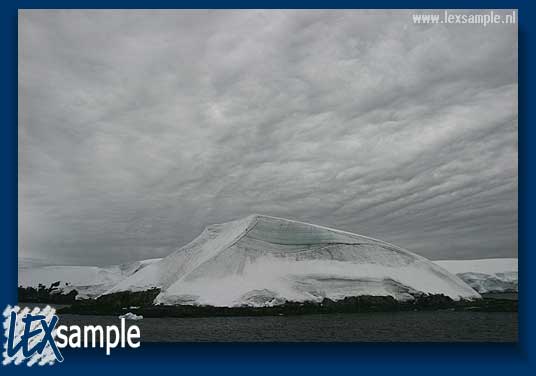 |
The Melchior islands are located between the bigger islands Anvers and Brabant, close to the Antarctic Peninsula.
|
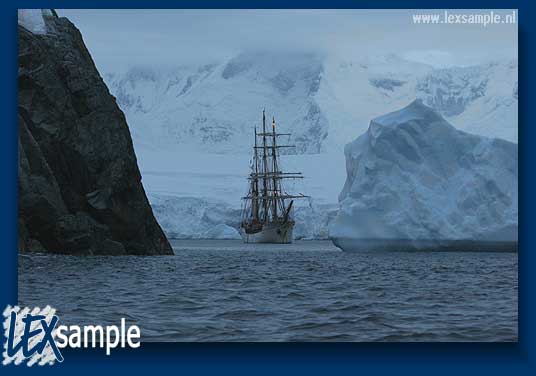 |
The Bark Europa has anchored in front of the Melchior islands.
|
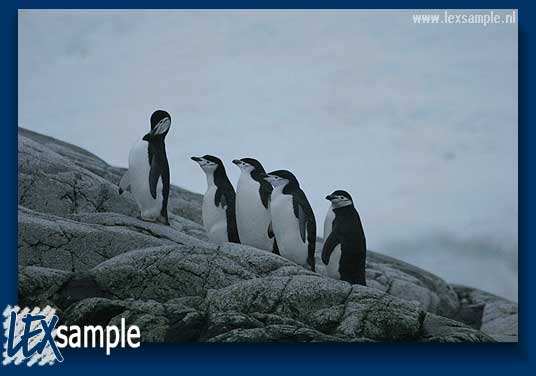 |
| Animals find protection between the rocks on these islands. These Chinstrap Penguins (Pygoscelis antarctica) can mainly be found in coastal regions that are ice-free, on the side of the Antarctic Peninsula. |
This photograph is available as a postcard. For more information, view the catalogue (opens in new window).
|
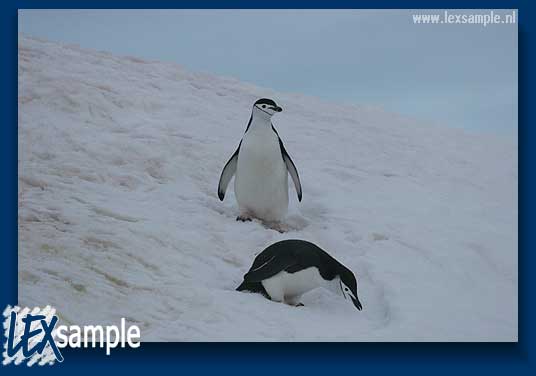 |
Just like other penguin species, Chinstraps feed on snow to quench their thirst.
|
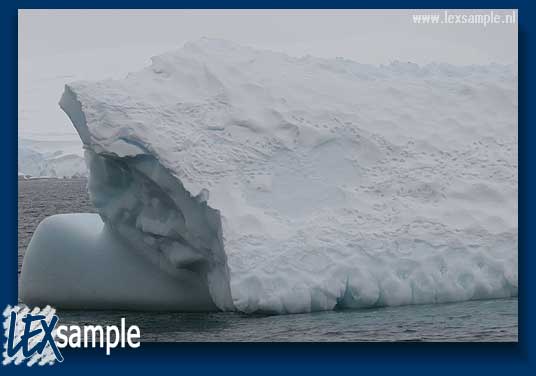 |
Sooner or later, icebergs will turn over and change postion and shape. On the side of this iceberg you can still see the footsteps of the penguins that have walked across this piece of frozen water.
|
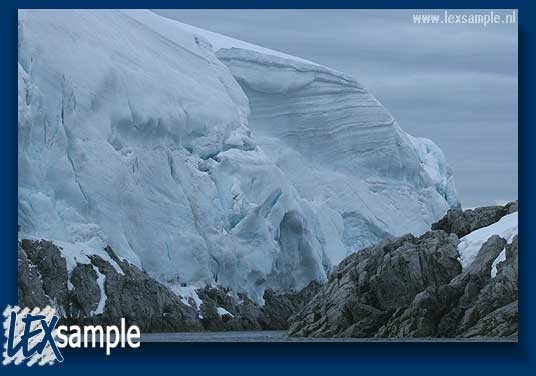 |
A thick layer of many meters of snow and ice covers the rocks on Antarctica, which makes the mountains look much higher.
|
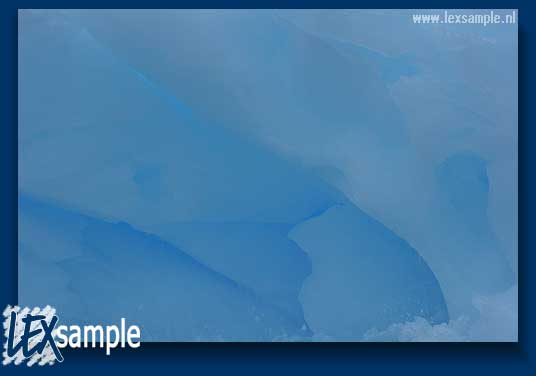 |
Rocks of ice of all dimensions float around the Melchior islands. The oldest amongst them are too old to contain oxygen, which has been squeezed out of the ice by the enormous pressure. As a result, these icebergs are blue instead of white.
|
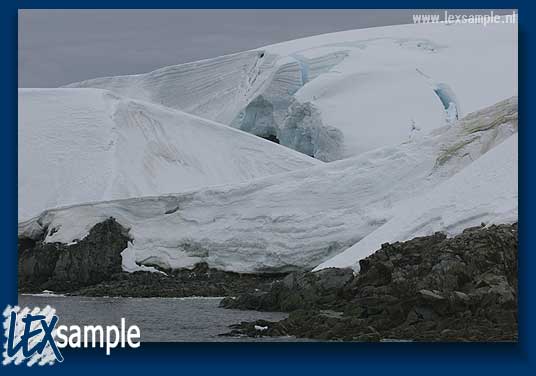 |
A thick ice cap on the rocks is formed in all irregular shapes with many variations of white and blue.
|
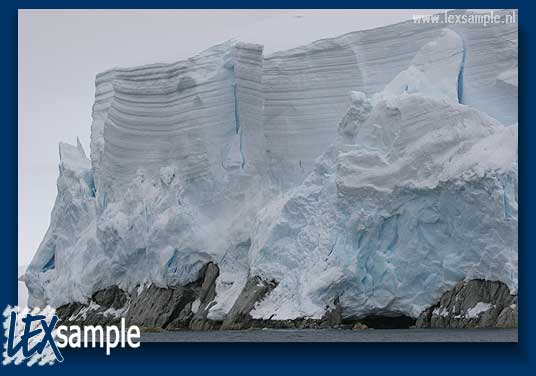 |
The shape of the ice is a result of various natural processes, such as wind, snow and changing temperatures.
|
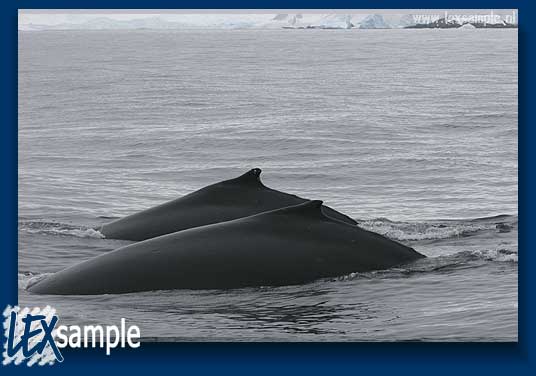 |
In the calm waters around the Melchior island we spot humpback whales (Megaptera novaeangliae) a couple of times. Here is a mother with her calf.
|
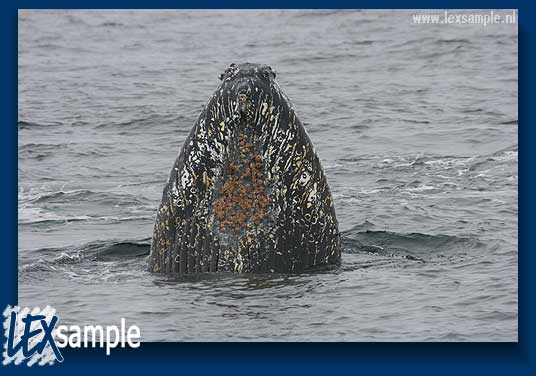 |
The head of a humpback whale, covered with barnacles, a sort of crustacean that attaches itself to the whale's surface.
|
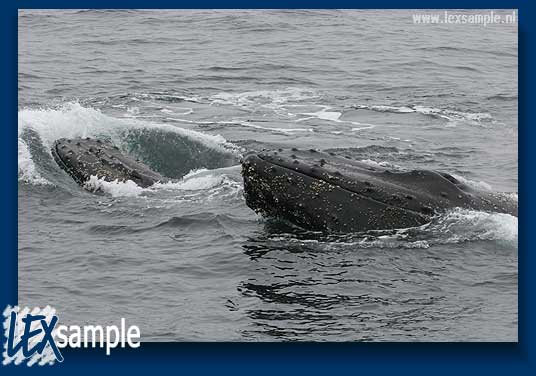 |
Two humpback whales swing alongside the ship. They grow about twenty meters long and may reach ages of fifty years or more.
|
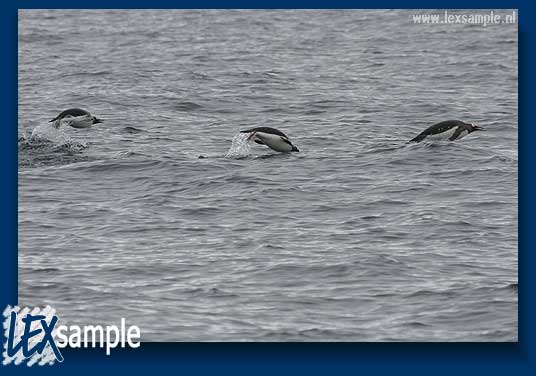 |
A school of Gentoo Penguins (Pygoscelis papua) porpoising through the water; this technique allows them to breath while maintaining a high speed.
|



























 Next
Next